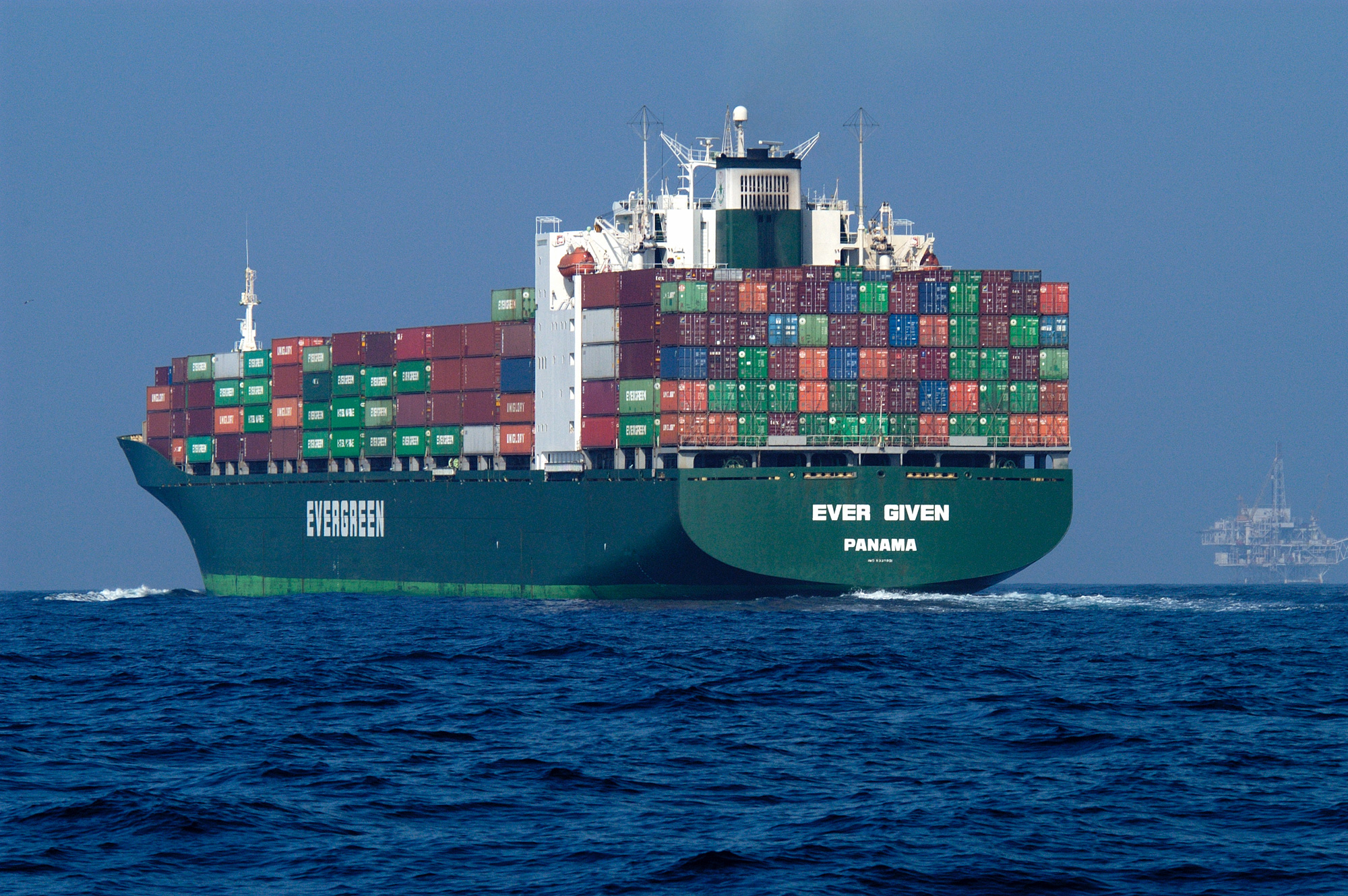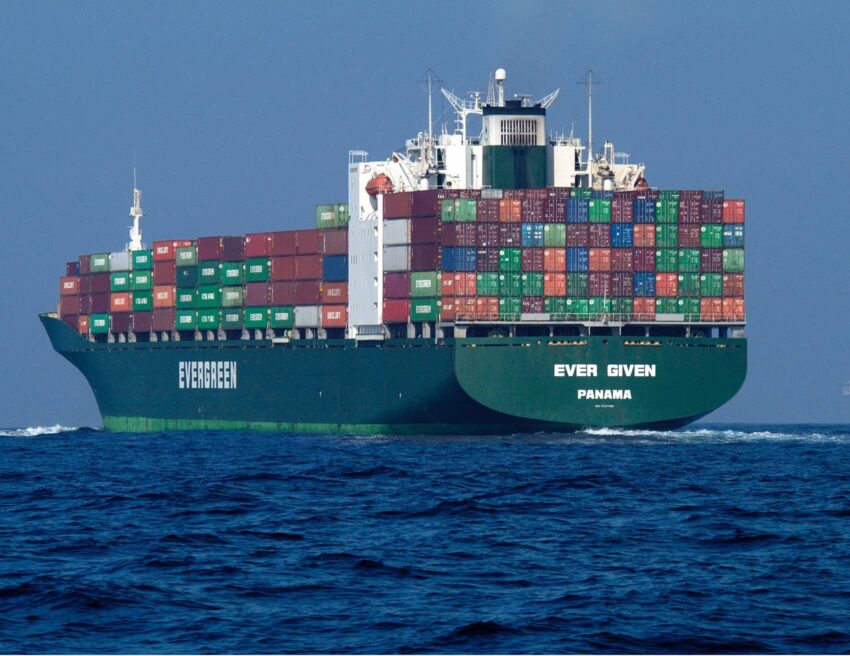The Ever Given has finally refloated after being stuck diagonally across Egypt’s Suez Canal for almost a week. This had been a great setback that caused no end of concerns for the sea cargo shipping and freight industry. The Suez Canal blockage caused over 400 cargo ships to pile up on either side of the canal as they were waiting for the mammoth vessel to refloat. Some of the immediate effects of the blockage will be port congestion and further delays of the cargo ships. This will further aggravate the situation of the sea cargo shipping industry that is still coping with the problems of container shortage. The 6 days blockage is going to have long-lasting repercussions on the shipping and freight industry and this is precisely what we are going to discuss in today’s post.
The present scenario
To begin with, the towers have moved the Ever Given to the Bitter Lakes region in the Mediterranean. Now, the experts are inspecting the ship to determine if it can go back to its scheduled tasks or if it should be moved to another port for fixing any detected problem. The black box of the vessel has already been handed over to the registry officials of the ship. Osama Rabie, the Head of the Suez Canal Authority says that the Ever Given is ready for limited navigation after an initial inspection. Luckily, none of the containers have been so far damaged. Nevertheless, a second investigation will be required.
Economic consequences of the blockage
The canal makes up for 12% of the global trade. Everyday around 8% of crude oil (roughly one million barrels) passes through the Suez Canal. According to Mr. Osama Rabie, the Suez Canal Authority Chairman, the Canal’s revenue was incurring a loss of $14m to $15m every day of the blockage. Another data published by Lloyd’s List has demonstrated that the blockage was impeding an estimated $9.6 billion of trade every day. This amounts to 3.3 million tonnes of shipment worth $400 million every hour of the blockage. As per data released by Allianz, a German insurer, the blockage might cost somewhere between $6 bn to $10 bn per week. It also reduced the yearly trade growth by 0.2 to 0.4 %. Moreover, several ships were rerouted to avoid crossing the Canal that led to over a week’s delay in their journey.
Impact of the blockage on the industries in Europe and America
Data analytics firm Dun and Bradstreet and logistics software company E2open studied the consequences of the blockage and found the following:
- The impact of the blockage is going to the strongest in Europe.
- The countries that will face the brunt of the crisis are UK, Belgium, Netherlands, France, Germany, Italy, Spain, Switzerland, Turkey, and Austria.
- The most impacted industries in Europe will be restaurants, wholesale business, chemicals, medical sector, construction, heavy machinery, metal, and automotive industry.
- The Asian companies will face a delay in cargo coming from Europe. They should also prepare for dealing with a shortage of empty containers.
- Industries in the US that will be most impacted by the blockage are the following: Grocery, hardware, home-supply, auto, medical equipment, warehousing and storage, heating and air conditioning, trucking, sports items
Impact on the supply chain
There will be a considerable delay of ships heading for the ports in Northern Europe. Maersk will take at least a week to clear their backlogs. On the brighter side, the freight rates for shipping containers have not increased during the blockage. There are ships that have been rerouted via the Cape of Good Hope. However, this detour entails considerable additional time and expenses. Johannes Schlingmeier, co-chief executive of Container xChange believes that this is why logistics companies are now considering shipping cargoes via the China-Europe rail networks. However, rail freight is more expensive than sea freight therefore the sea cargo shipping companies need to weigh the pros and cons before changing their mode of transit. The crisis will also lead to increased use of airfreight to keep the cargo moving.
A plan to recover from the crisis
A comprehensive recovery plan is vital for the logistics and maritime industry to recover from this crisis. This plan should come with the following provisions:
- Objectives that have to be met to fully recuperate from the effects of the blockage
- A recovery time frame
- Things to do and teams who will be assigned for the task
- A rough estimate of the resources that will be required for the recovery process
- A list of persons/companies to be alerted
- List of people/companies to be consulted for the process of recovery
- A list of lessons learned from the blockage
- A detailed study on how those lessons should be implemented to the policies and operations of companies who suffered the most from the blockage

Avoiding problems in the future
In order to avert a similar crisis, the companies should consider having more than one sourcing option. In other words, the companies should have multiple vendors with several operations all over the world. This will help to avoid the tremendous impact of an event at one location. Doing this will greatly lessen the impact of these kinds of untoward events in the future. The supply chain companies need to create a digital risk-based assessment process. By this, they can identify and monitor the risks that might affect the productivity of their supply chain operations. It will also help to create an agile and robust network that can deal with all unexpected circumstances.
What lies ahead
The blockage has once again highlighted a highly debated topic of the shipping industry. This topic is how big a container ship should be. It has to be admitted the container ships’ size was the main reason behind the blockage. We already have around 100 vessels that can carry over 20,000 TEUs. The larger vessels being constructed in Korea and China are even hitting the 24,000 TEU mark. In the near future, we can expect 30,000 TEU vessels plying the oceans. Obviously, the bigger vessels are more cost-effective. However, the ports, canals, and terminals should also be improved to easily accommodate the larger ships.
Once we know the exact reasons for the blockage, all the stakeholders in the sea cargo shipping industry should create necessary control mechanisms to avoid the repetition of a similar incident. Ideally, the canals at Suez, Singapore, and Malacca should be dredged to accommodate bigger cargo ships. In conclusion, it can be stated that the ocean shipping industry should never take things for granted. It needs to modernize itself and prepare for all kinds of contingencies.


